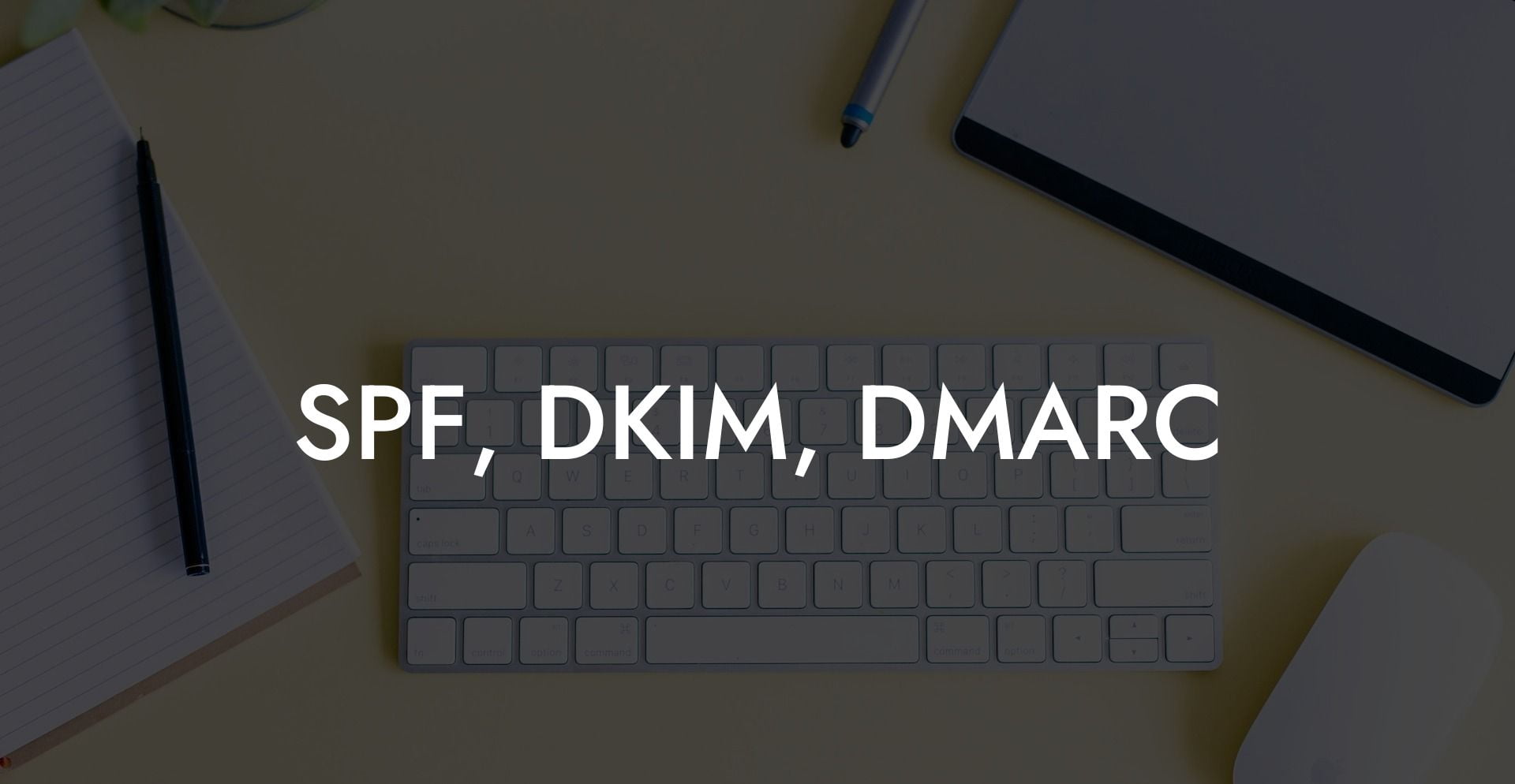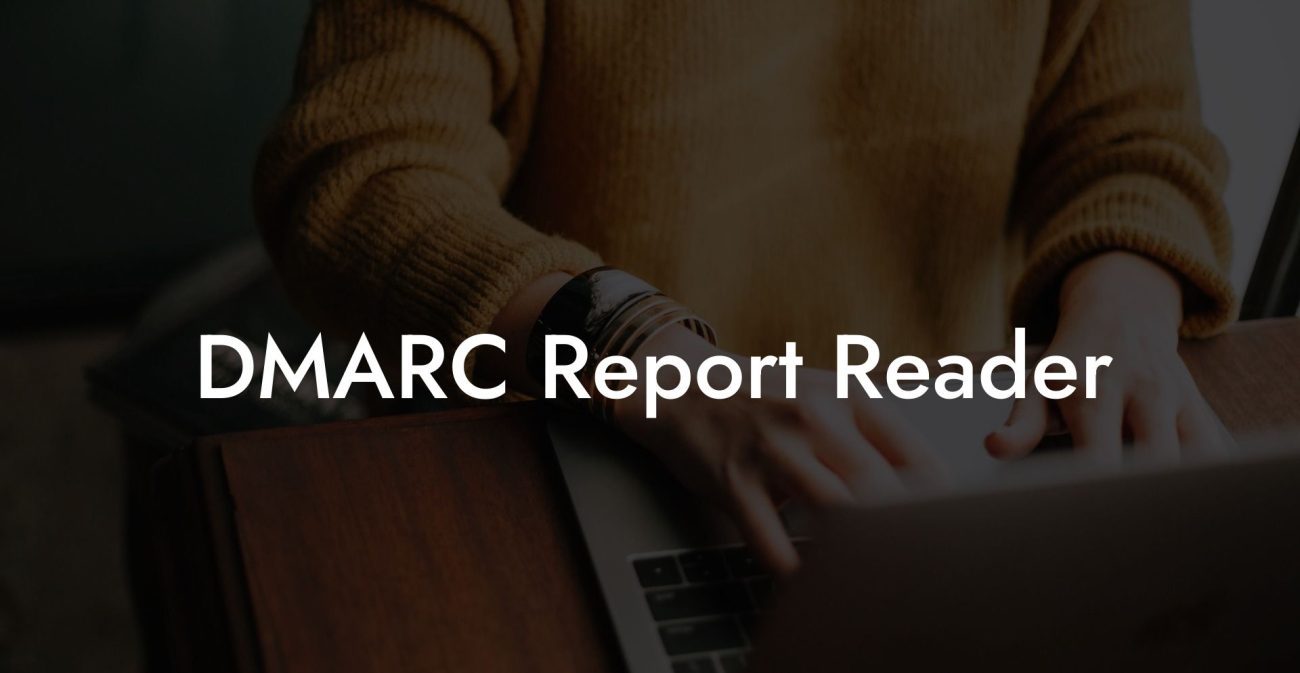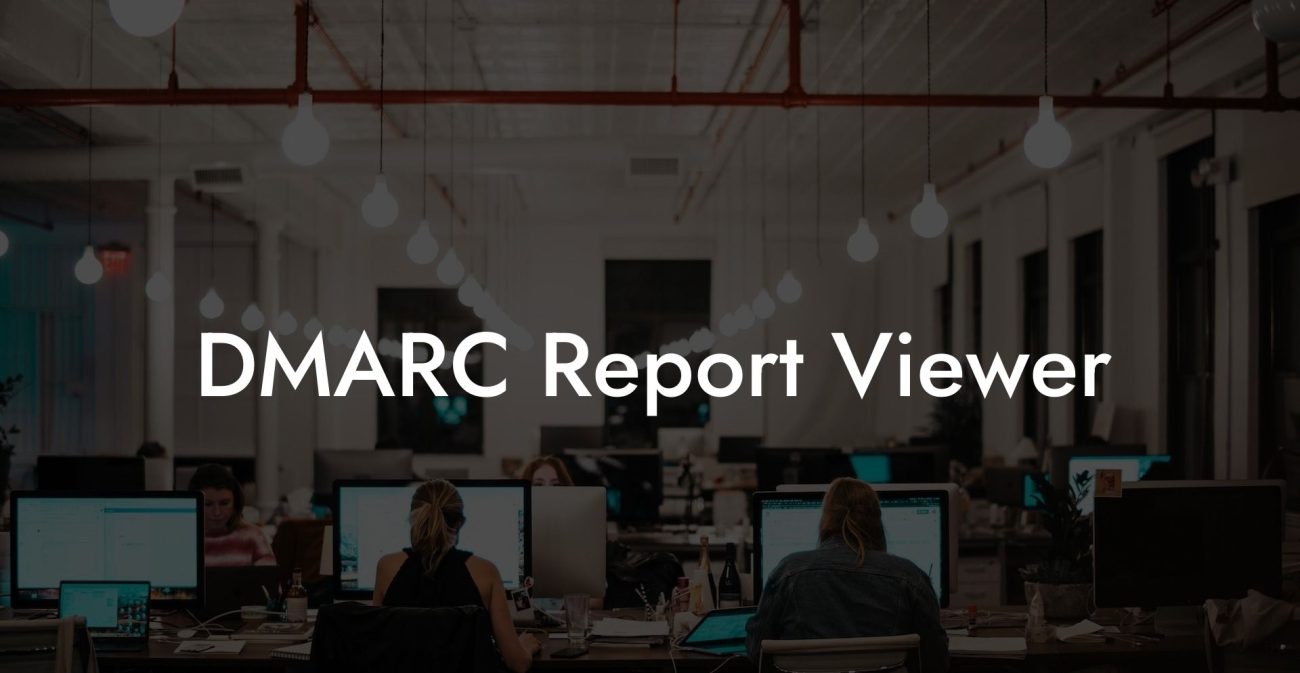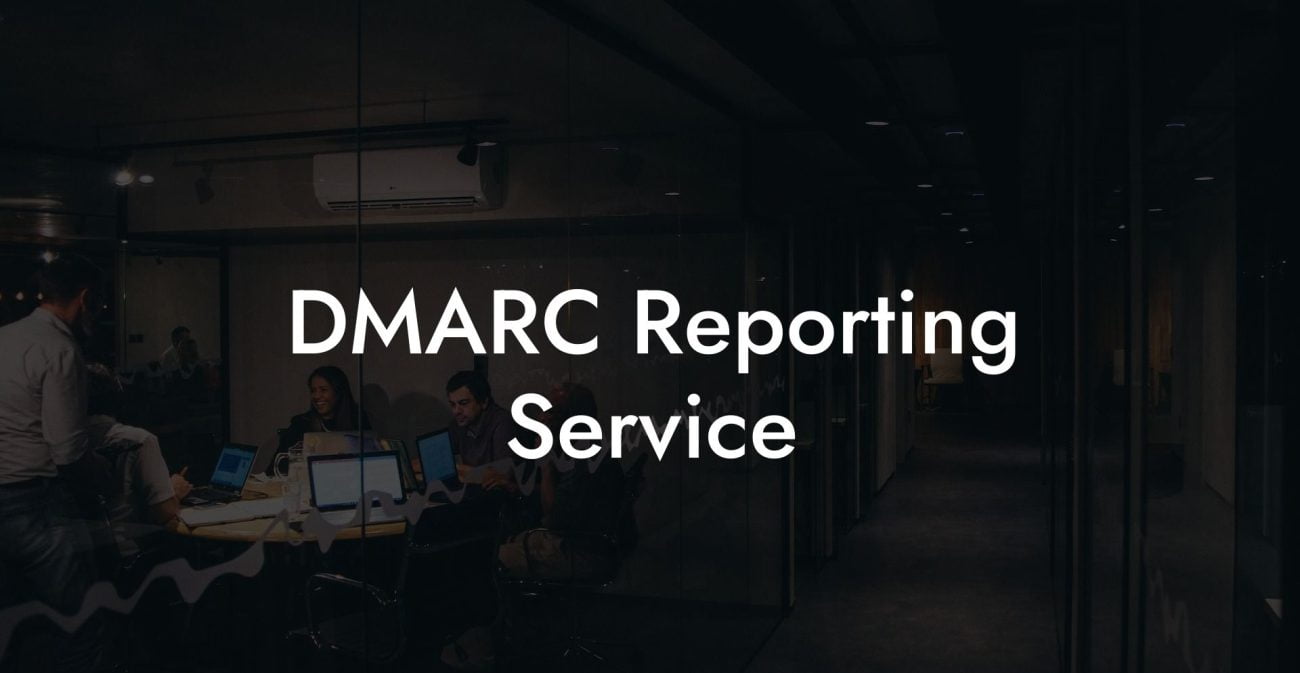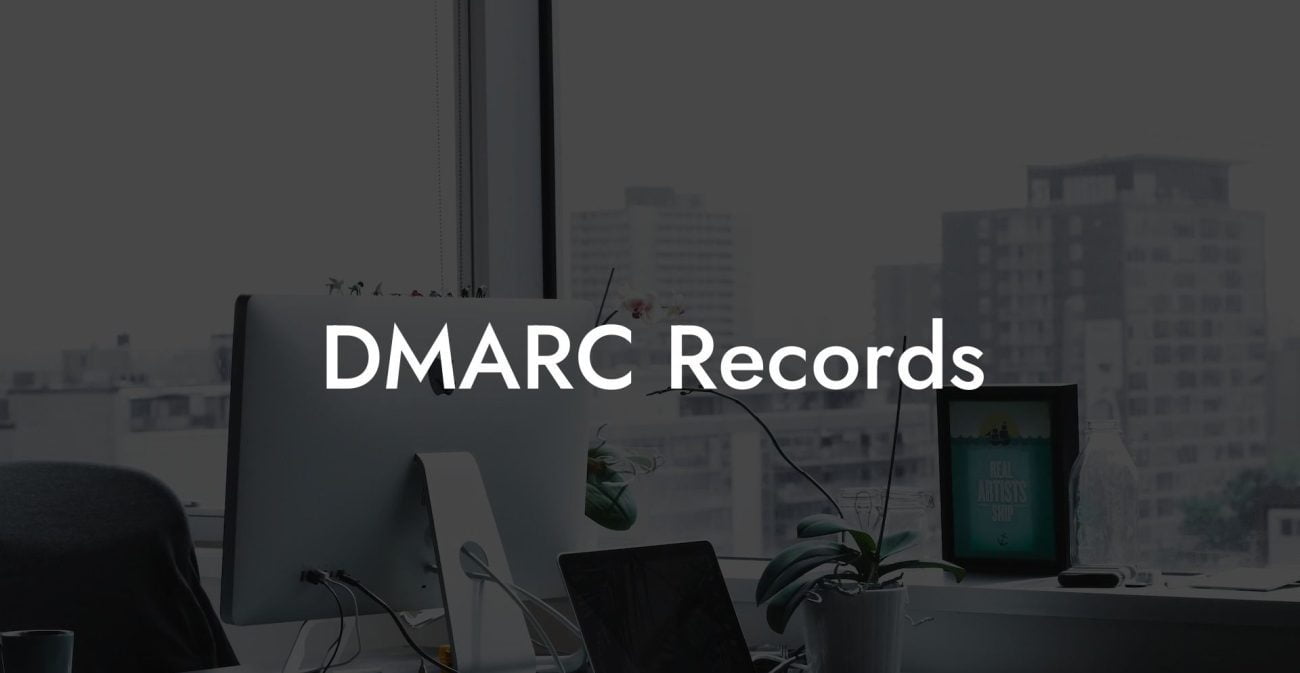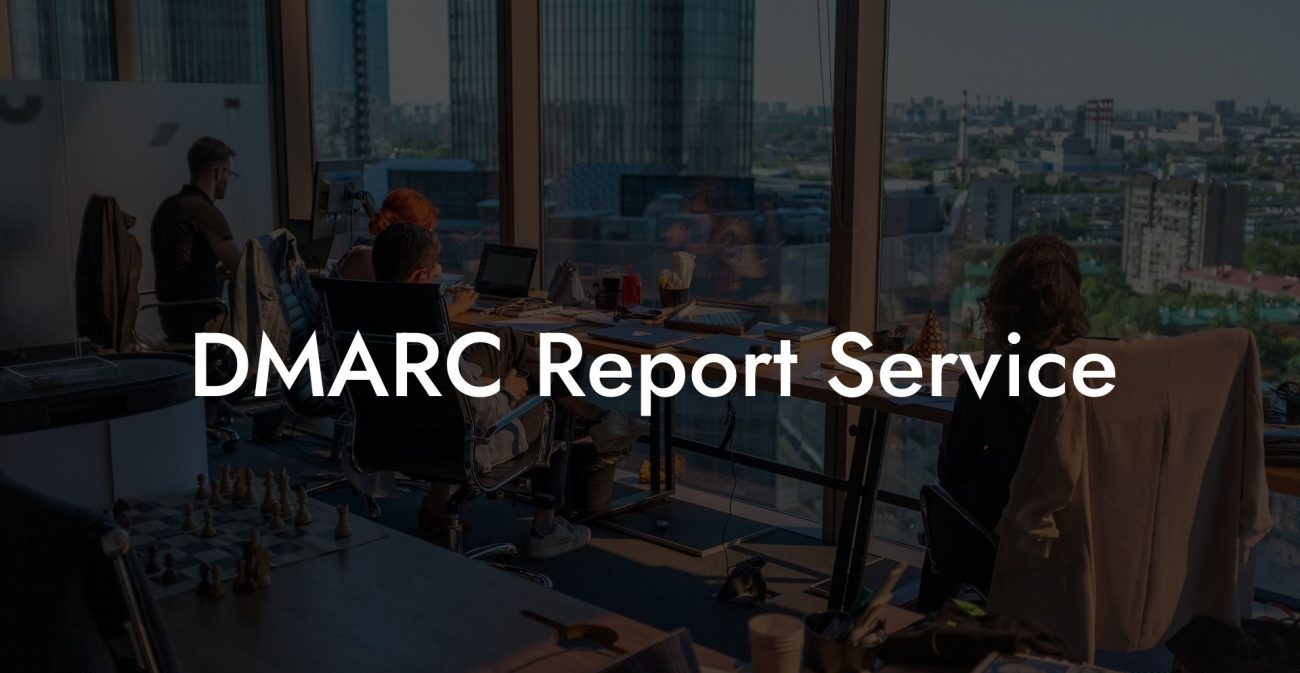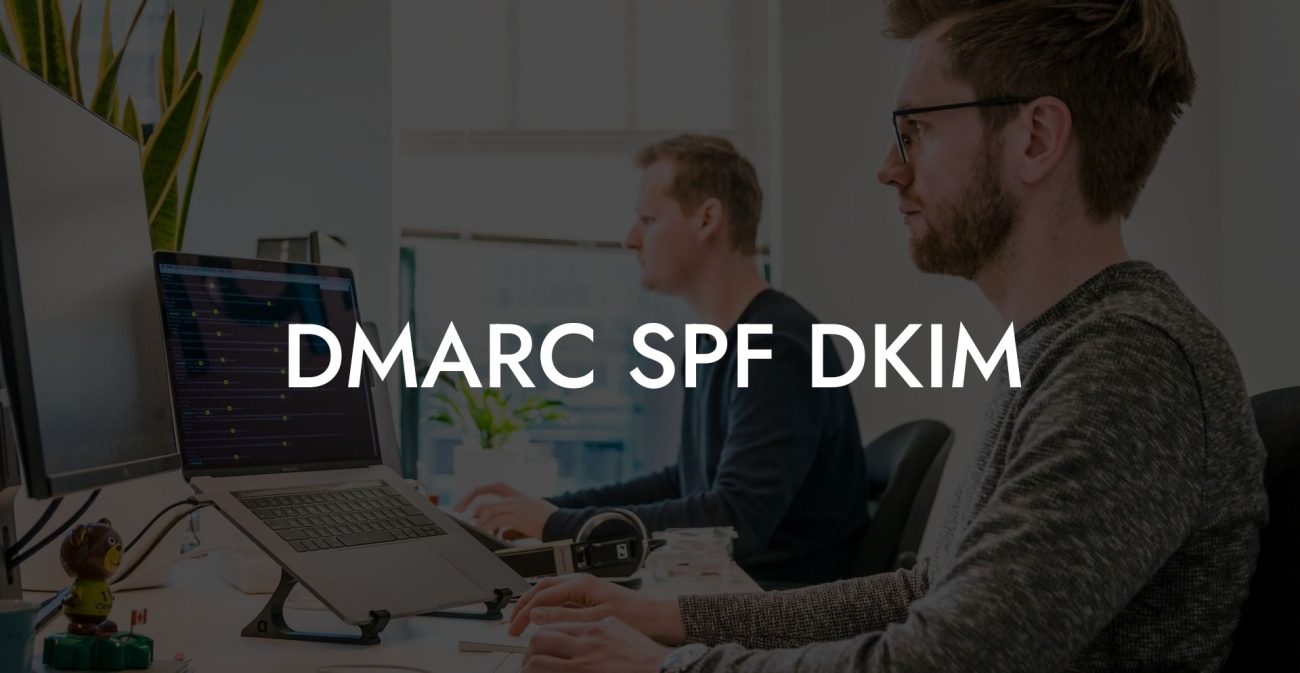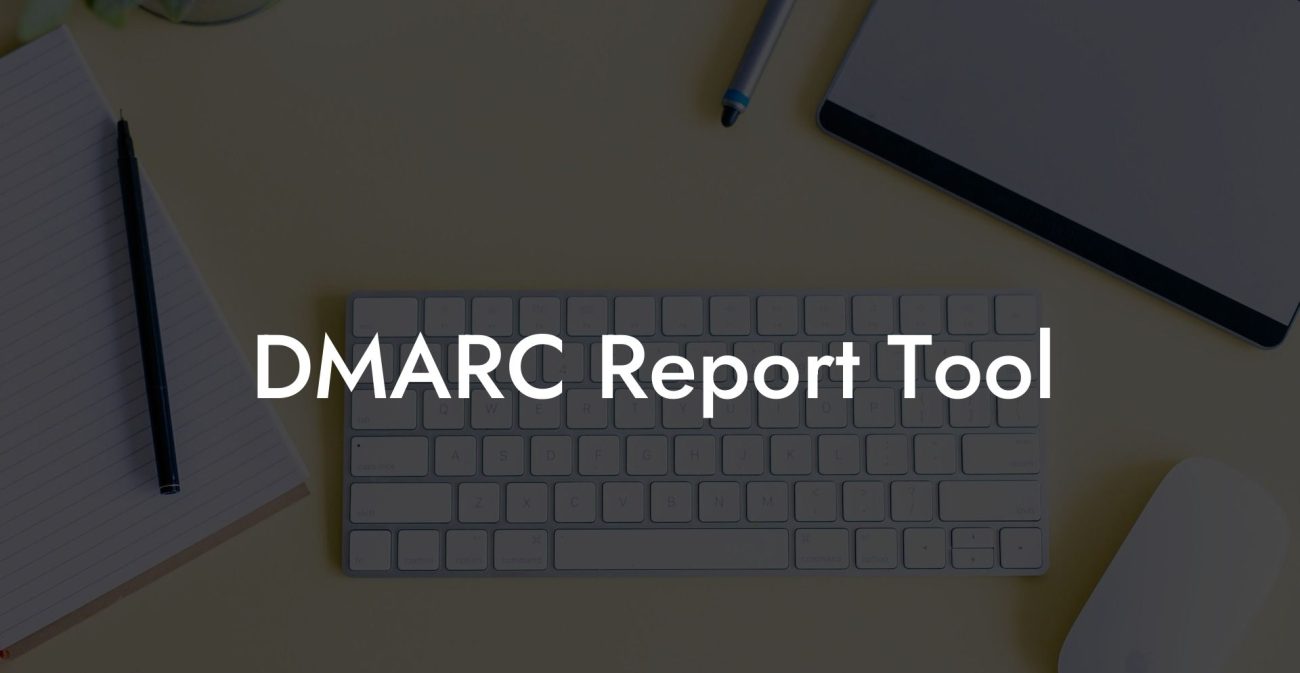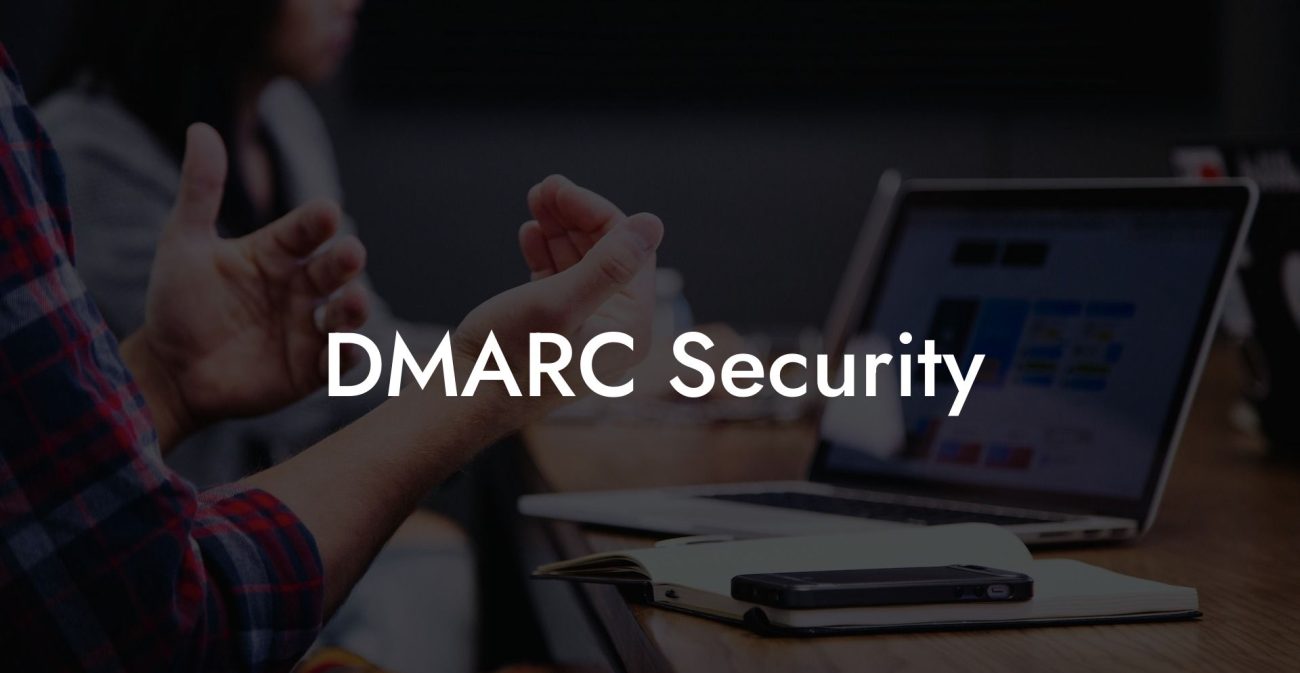The world of email security can be a confusing, acronym-ridden landscape – but fear not! In this guide, we'll decode the mystery behind three essential email authentication protocols: SPF, DKIM, and DMARC. Understanding and implementing these tools can help protect your brand from voice phishing, as well as safeguard your customers' trust in your communication.
SPF DKIM DMARC Table of Contents
What are SPF, DKIM, and DMARC?
These three acronyms stand for Sender Policy Framework (SPF), DomainKeys Identified Mail (DKIM), and Domain-based Message Authentication, Reporting, and Conformance (DMARC). These are email authentication mechanisms designed to detect and prevent email spoofing, which is a common tactic in voice phishing campaigns.
What is Email Spoofing?
Protect Your Data Today With a Secure Password Manager. Our Top Password Managers:
Email spoofing is when a cybercriminal sends an email pretending to be from a legitimate source, often persuading the recipient to share sensitive information, open malicious attachments, or visit fraudulent websites. Email spoofing has become especially prevalent in recent years, with the rise of various phishing attacks.
How SPF, DKIM, and DMARC Protect Your Brand
-
Sender Policy Framework (SPF)
-
DomainKeys Identified Mail (DKIM)
-
Domain-based Message Authentication, Reporting, and Conformance (DMARC)
SPF is an email validation system that allows domain owners to specify which email servers can send emails on their behalf. By adding an SPF record to your domain's DNS (Domain Name System) server, you're effectively publishing a list of authorized mail servers. When a recipient's email server receives an email claiming to be from your domain, it can check the sender's IP against the SPF list to verify its authenticity. This helps prevent unauthorized senders from spoofing your domain and sending spam or phishing emails.
DKIM is another email authentication method that involves digitally signing messages with a private key. The receiving mail server will then use a public key – which is also published in your domain's DNS records – to verify the signature. This process ensures the email has not been tampered with in transit and confirms the email is genuinely from the sender's domain.
DMARC is a policy-based system that builds upon SPF and DKIM to provide even more robust email authentication. DMARC allows organizations to define specific policies on how messages failing SPF or DKIM checks should be handled – either by placing them in the spam folder or outright rejecting them. DMARC also offers reporting features, enabling organizations to receive feedback on the success of their email authentication policies and adjust them as needed.
SPF DKIM DMARC Example:
Imagine your business domain, example.com, has properly set up SPF, DKIM, and DMARC. A cybercriminal creates a phishing email attempting to spoof your domain to trick customers into revealing their login credentials.
When the phony email arrives at the recipient's mail server, the server will:
- Check the sender's IP against the SPF record from example.com, determining that the IP isn't authorized to send emails on your behalf.
- Attempt to verify the DKIM signature, which will fail because the email wasn’t signed with your organization's private key.
- Evaluate the DMARC policy for example.com, determining that the email should be rejected or flagged as spam based on your organization's specifications.
In this scenario, the email authentication mechanisms have stopped the phishing attempt, protecting both your customers and your brand reputation.
With a clear understanding of SPF, DKIM, and DMARC, you now possess the knowledge to help guard your organization against voice phishing and email spoofing attacks. Implementing these email authentication methods is essential in today's digital landscape, providing security and credibility for your brand's communication. Don't forget to share this guide with others interested in protecting their organizations from phishing and explore other cybersecurity resources on Voice Phishing.
Protect Your Data Today With a Secure Password Manager. Our Top Password Managers:

